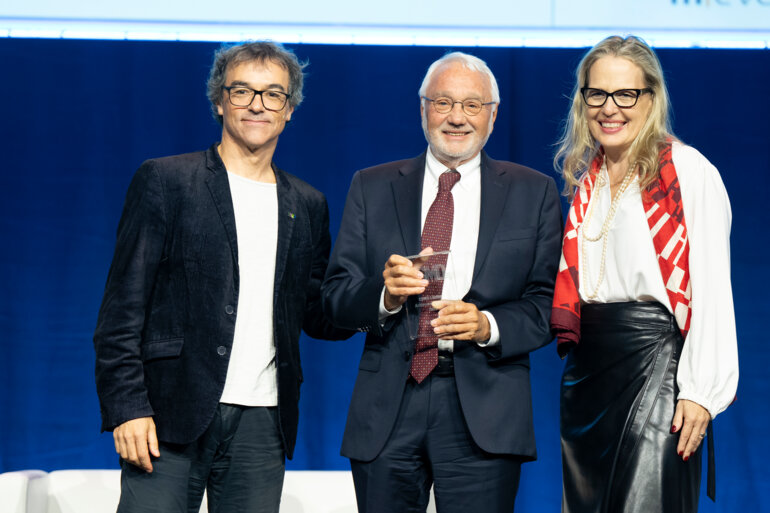While strategies for drug de-escalation continue to be actively pursued, some challenges including insufficient funding of research still limit their applicability
Drug de-escalation is primarily driven by the need to spare patients the burden of unnecessary toxicity and the associated inconvenience of repeated hospital visits, but there may also be the potential to reduce treatment costs. The concept has been pushed hard for immunotherapy, particularly for the checkpoint blockers of PD-1 and PD-L1, which allow some flexibility in dose timing due to their half-lives and target saturation even at lower-than-recommended doses. De-escalation strategies for these agents broadly follow three paths.
The first of these is to reduce treatment duration. For patients with lung cancer, the prescribing information for PD-1 and PD-L1 inhibitors specifies treatment for at least 2 years, after which continuation is at the discretion of the treating physician. However, recent retrospective studies have reported no apparent benefit to continuing treatment beyond 2 years (JAMA Oncol. 2023;9:1075–1082; Lancet Reg Health Eur. 2024:43:100970). The burning question of whether an even shorter duration of treatment might provide similar efficacy is currently being addressed in the DIAL trial in which patients without progression after 6 months of chemoimmunotherapy either receive treatment continuation up to 2 years or stop treatment (with re-challenge as necessary in patients with subsequent progression) (NCT05255302).
A second de-escalation strategy – to extend the interval between doses – is being investigated in the French PULSE trial, which is comparing delivery of pembrolizumab 200 mg every 3 weeks (the current standard of care) with every 6 weeks (ESMO Open. 2024;9(Suppl 3)102685). And the UK’s REFINE-Lung study is looking to extend the interval between doses even further, up to 18 weeks (NCT05085028).
A third promising de-escalation strategy is the administration of lower-than-recommended doses. Early investigations with nivolumab in melanoma showed little difference in efficacy between the 3 mg/kg dose that subsequently progressed into clinical development and a much lower dose of 0.1 mg/kg. A recent Indian study in head and neck cancer demonstrated that the addition of low-dose nivolumab (20 mg) to second-line chemotherapy improved survival compared with chemotherapy alone, raising the possibility that low doses of some immunotherapies may be beneficial when cost constraints preclude the use of the higher recommended doses (J Clin Oncol. 2023;41:222–232). It should be noted that cost savings are only apparent if the price of the drug is proportional to the dose, which is not always the case.
It is crucial to recognise, however, that de-escalation trials need to be based on a strong biological rationale and to take into account the characteristics of different classes of anticancer agents. For example, the efficacy and toxicity of CTLA-4 inhibitors is closely related to the dose administered, making de-escalation risky. Also, contrary to what was expected, a 240 mg dose of the targeted agent sotorasib did not show equivalent efficacy to the approved 960 mg dose in KRAS-mutated lung cancer (Eur J Cancer. 2024:208:114204). In a trial in BRAF-mutated melanoma, intermittent treatment with dabrafenib plus trametinib – i.e. a strategy hoped to reduce resistance development – led to poorer survival compared with standard-of-care continuous treatment (Eur J Cancer. 2024:196:113455). Further opportunities to potentially reduce toxicity with targeted agents include chemotherapy-sparing strategies and developing regimens to proactively manage side effects before they happen.
What can be done going forward to expedite progress in this field? Identification of biomarkers to indicate in which patients de-escalation can be conducted safely is an important step. In addition, more investments in this type of research are needed and funding of de-escalation trials should be encouraged as, at the end of the day, the cost of a study could potentially be covered by the money saved on treatment costs later. Finally, consideration needs to be given to incorporating evidence of appropriate dosing changes into regulatory documents to reassure oncologists that such strategies are evidence-based. Collaboration among all stakeholders involved will be essential.
Programme details
Besse B. Less is more: De-escalation strategies in patient management and clinical trials. European Lung Cancer Congress 2025
Keynote Lecture, 28.03.2025, h. 14:00 – 14:30, Room South Paris







